Nearly 18 years after U.S. forces first dropped into Afghanistan, yet another administration is struggling to get out of the quagmire.
And the struggle is not going well.
As much as he wanted to pull troops out, President Donald Trump, like his predecessors, has not found the way forward.
When Trump took office, there were about 8,400 troops in Afghanistan. Now there are about 14,000. Troop deaths have risen to the most in years, the Taliban holds more territory than ever and a new foe, ISIS-K, has emerged to add to the deadly misery.
Trump has signaled his eagerness to withdraw in recent months, lamenting that troops are acting more as police officers and public works employees than war fighters.
“They’re building gas stations. They’re rebuilding schools. The United States — we shouldn’t be doing that,” he said in July, calling on the Afghans to pick up the slack. “That’s for them to do.”
Trump authorized high-level peace talks with the Taliban and even floated the idea of a meeting at Camp David. An end to the nation’s longest war looked within reach.
But in September, President Trump declared the peace talks dead, after a car-bomb near the U.S. Embassy in Kabul killed an 82nd Airborne soldier.
Days later, at the Pentagon’s 9/11 ceremony, Trump told an audience of survivors, family members and first responders from that attack that he had responded by ramping up the pressure on the Taliban.
“The last four days, we’ve hit our enemy harder than they have ever been hit before, and that will continue,” he said.
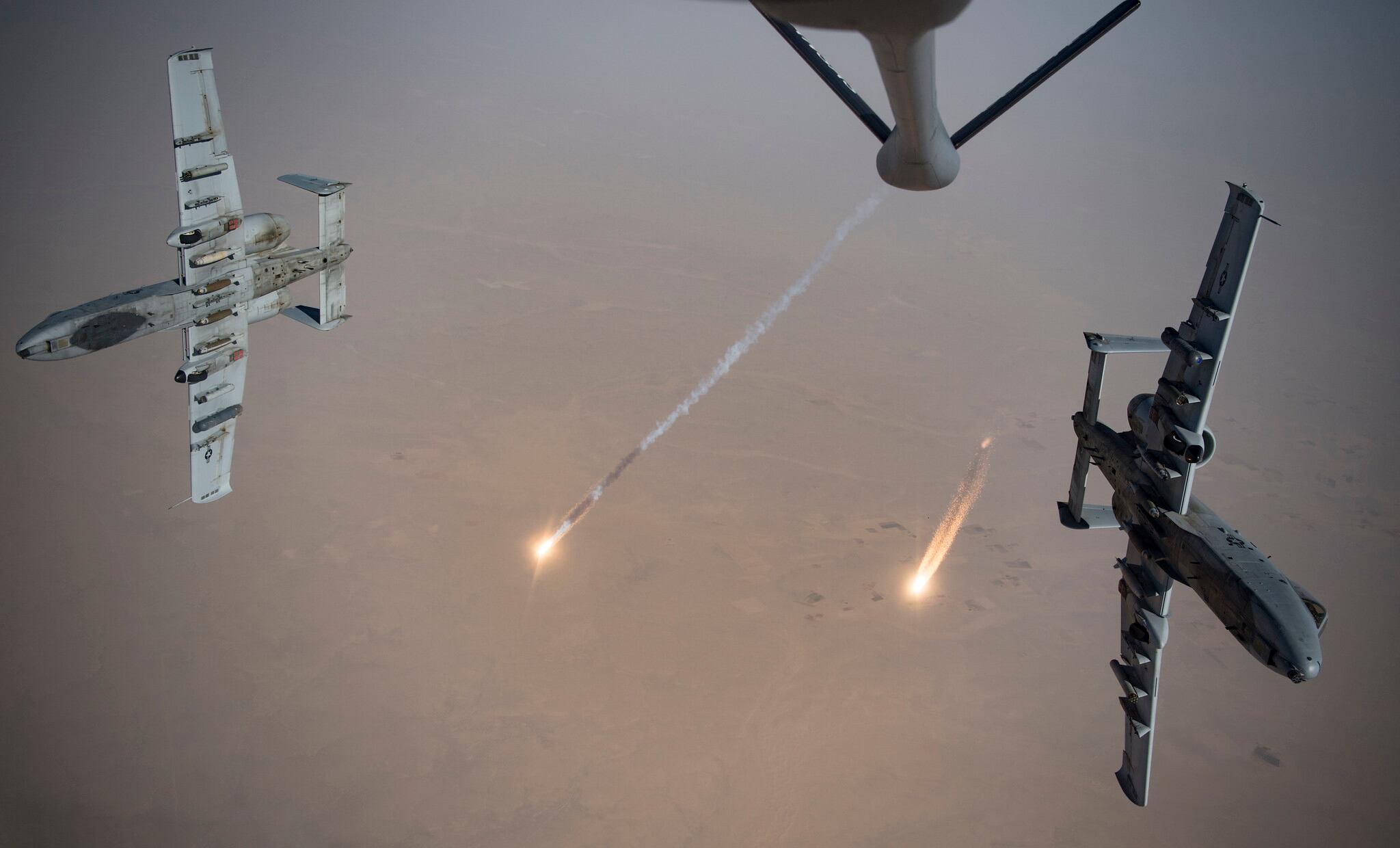
For service members deployed abroad, or preparing for their next sojourn to “the sandbox,” business will continue as usual for now. But the administration has signaled its motivation to end this endless war. So what could that mean for future deployments, and the security risk for those on the ground if forces are scaled back?
A White House spokesman declined to answer questions on whether the administration was still planning a drawdown of troops to a recently proposed 8,600, or whether any amount of withdrawal would be tied to negotiations and a possible peace deal with the Taliban.
RELATED
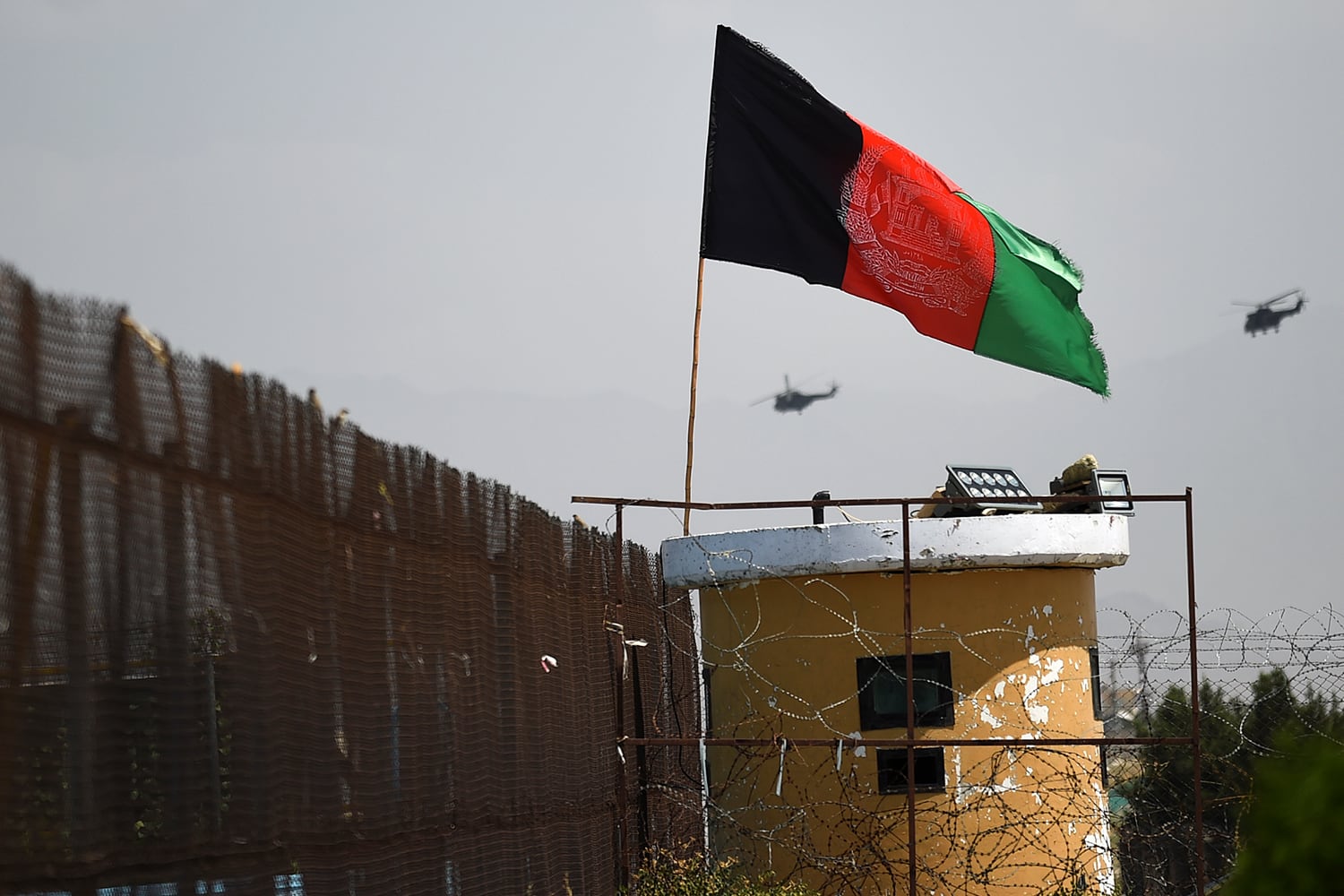
When combat troops withdrew from the country in 2014, the hope was that Afghanistan’s fresh, new, democratically elected government and American-trained security forces would be able to hold the line against another takeover by extremist groups.
While the Afghan government and its national police/national army organizations still exist, today the Taliban controls more square footage of the country than it did when Green Berets first parachuted in 18 years ago.
The resurgence of the Taliban, coupled with the rise of a local ISIS faction, has kept U.S. troops rotating into Afghanistan at a steady clip, even if their new mission set revolves around training, advising and assisting Afghan forces.
Neither U.S. Central Command nor Pentagon spokespeople responded to requests for specific numbers of airstrikes or other missions that would indicate the U.S. had increased operations.
That same week, multiple requests from the Pentagon press corps to have an on-camera briefing with Gen. Austin Miller, commander of U.S. and NATO forces in Afghanistan, were also denied.
Until further notice, according to officials, nothing has changed.
Business as usual
Pentagon officials say they have what they need.
“The number of troops that we will have will always be the appropriate level that we need to provide security,” Pentagon spokesman Jonathan Hoffman told reporters on Sept. 9. “We’re going to focus on the counter-terrorism mission, and we’re going to focus on the reason we got into Afghanistan in the first place, and that is to prevent terrorist operations or individuals from using Afghanistan as a base from which to operate against the homeland.”
There are still roughly 14,000 troops deployed to the country, a mix of train-advise-assist units partnered with the Afghan National Army, special operations teams working the counter-terrorism mission and air support personnel to back them both up.
The Army has been sending brigade and division headquarters elements to help on the ground for half of a decade. In 2017, with an eye toward that mission continuing for years to come, the service announced it would create security force assistance brigades that would focus on that mission and be available by request for any of the combatant commands.
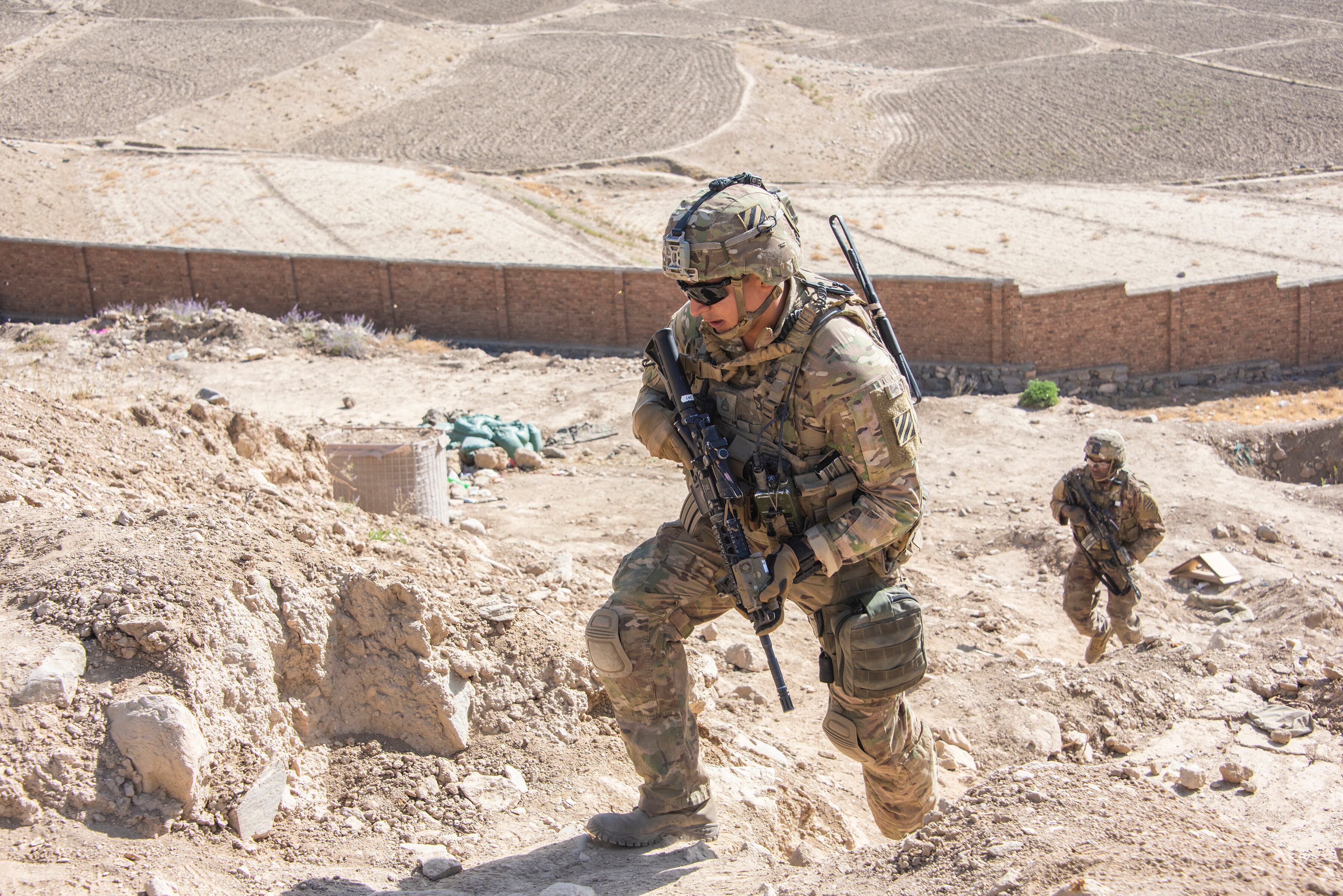
The first SFAB deployed to Afghanistan in 2018, followed by the second this year. As of September, a 3rd SFAB is still training for an Afghanistan deployment, Security Force Assistance Command spokeswoman Maj. Christina Wright told Military Times Sept. 16.
“SFABs continue to train for worldwide deployment in support of combatant command security cooperation objectives,” she added.
Meanwhile, in the south of the country, Task Force Southwest has been rotating Marines into Helmand Province since 2017. The mission is to to train, advise and assist Afghan security partners there, according to Resolute Support officials. Earlier this year, there had been rumblings that the Marines would withdraw soon.
The task force consists of several hundred Marines. Now in its fourth rotation, and the primary Marine presence in Afghanistan, the task force has helped create a security belt around the provincial capital of Lashkar Gah. The city hasn’t come under considerable pressure since it arrived even though the Taliban still control most of Helmand.
In addition to training Afghan aviation forces, the Air Force provides air support to troops on the ground and runs its own missions.
The most recently available monthly data shows the Air Force launched 810 strikes over nearly 1,000 sorties in August — that’s about one sortie every 45 minutes.
Officials from the Navy did not provide information about its current and future efforts in Afghanistan. However, nearly 18 years of constant deployments by SEALs have created a strain on the force that’s contributed to a series of scandals, former U.S. Special Operations Command honcho William McRaven said at a recent security forum.
Experts agree that Afghan security forces are not ready to secure their country from an insurgency by themselves.
Citing DoD figures, a senior RAND Corp. researcher said Sept. 18 at the New America Special Operations Forces Policy Forum in Washington, the Afghan National Defense and Security Forces are at 77 percent of their goal end strength.
“They’re going to need continued aid, and this was the big lesson from the Soviet Era, of course,” Linda Robinson said. “You must continue to support this force, or it will collapse in the face of a robust insurgency.”
Afghan forces are making solid progress, according to a Pentagon report from June on Afghanistan’s security, covering Dec. 1, 2018, to May 31, 2019.
During that period, the authors wrote, the Afghan Special Security Forces “achieved over 80 percent of its projected end strength planned for 2020.”
Despite “record-high” casualties — from nearly 1,000 enemy attacks in April, but generally between 600 and 800 a month, according to the report — “ANDSF recruitment and retention outpaced attrition for the first time in several reporting periods.”
Part of that progress, as well, has been an aviation capability upgrade, switching out Russian Mi-17 helicopters with U.S.-made aircraft. U.S. troops have been on hand to train the Afghan pilots, and according to the report, they are meeting their milestones.
On the other hand, the rise of ISIS-K — Afghanistan’s local Islamic State faction — has overwhelmed both U.S. and Afghan forces, gaining territory throughout the first half of this year.
“Regionally the group continues to evade, counter, and resist sustained CT pressure,” according to the report. “While ISIS-K remains operationally limited to South and Central Asia, the group harbors intentions to attack international targets.”
If the U.S. drew down or ultimately withdrew troops, Afghan forces would not be on their own, though. There are five regional train-advise-assist commands in Afghanistan, and three of them are run by Turkish, German and Italian forces.
Still, that support is crucial to their progress.
“Right now, it’s our judgment that the Afghans need support to deal with the level of violence today,” Marine Gen. Joseph Dunford, chairman of the Joint Chiefs of Staff, told reporters Aug. 28 in a Pentagon briefing. “If an agreement happens, that could change.”
So far this year, 17 U.S. service members have been killed in action in Afghanistan, at the hands of both Taliban and ISIS combatants. That makes this year’s casualty count the highest since former President Obama declared the end of combat operations in 2014.
Thirteen of those were members of special operations forces, which is leading the counter-terror fight, including eight Special Forces soldiers and one Army Ranger.
Of the roughly 14,000 troops deployed there, 9,000 are under the train-advise-assist mission, Pentagon spokesman Lt. Col. Tom Campbell told Military Times, and the remaining 5,000 are focusing on counter-terror.
Efforts to train the Afghans to take care of themselves have seen mixed results.
The build out of the Afghan commandos, for instance, has been seen as a big success while creating a self-sufficient air force has encountered problems.
And Pentagon officials say the effort to train the Afghan air force has been largely successful.
Their combat capability “continues to increase as more aircraft are fielded and as Afghan pilots become more proficient,” said Lt. Col. Thomas Campbell, a Pentagon spokesman. "The AAF can unilaterally plan and conduct precision strike, close-air support, and MEDEVAC/CASEVAC missions. Their growing fixed wing attack fleet is proficient in conducting precision attack using laser guided munitions."
The Afghan air force contingent of AC-208s, MD-530s and UH-60s “are now fully fielded; the remainder of their A-29s will be fielded by the end of 2020. AAF A-29s average more than 60 bombs dropped and 20 missiles fired in combat operations per month,” said Campbell. “Their MD-530s fire an average of more than 500 rockets a month during combat missions.”
The Afghans rely on contract logistical support, “as does any air force that conducts a high volume of operations; about 80 percent of their maintenance is provided by contractors,” said Campbell. “Coalition Forces continue to mentor and provide individual pilot and maintainer training as the AAF works to grow its maintenance and aircrew workforce.”
Still, U.S. and coalition forces with the NATO-led Resolute Support mission fell short in developing Afghan tactical air coordinators’ ability to coordinate airdrop operations with Afghan air forces, according to a new report.
The Pentagon Inspector General report publicly released on Aug. 12, says Resolute Support’s Train Advise, Assist Command - Air that supports the Afghan air force failed to meet goals to develop Afghan tactical air coordinators competent in coordinating air drop operations that help provide supplies to the ANDSF.
RELATED
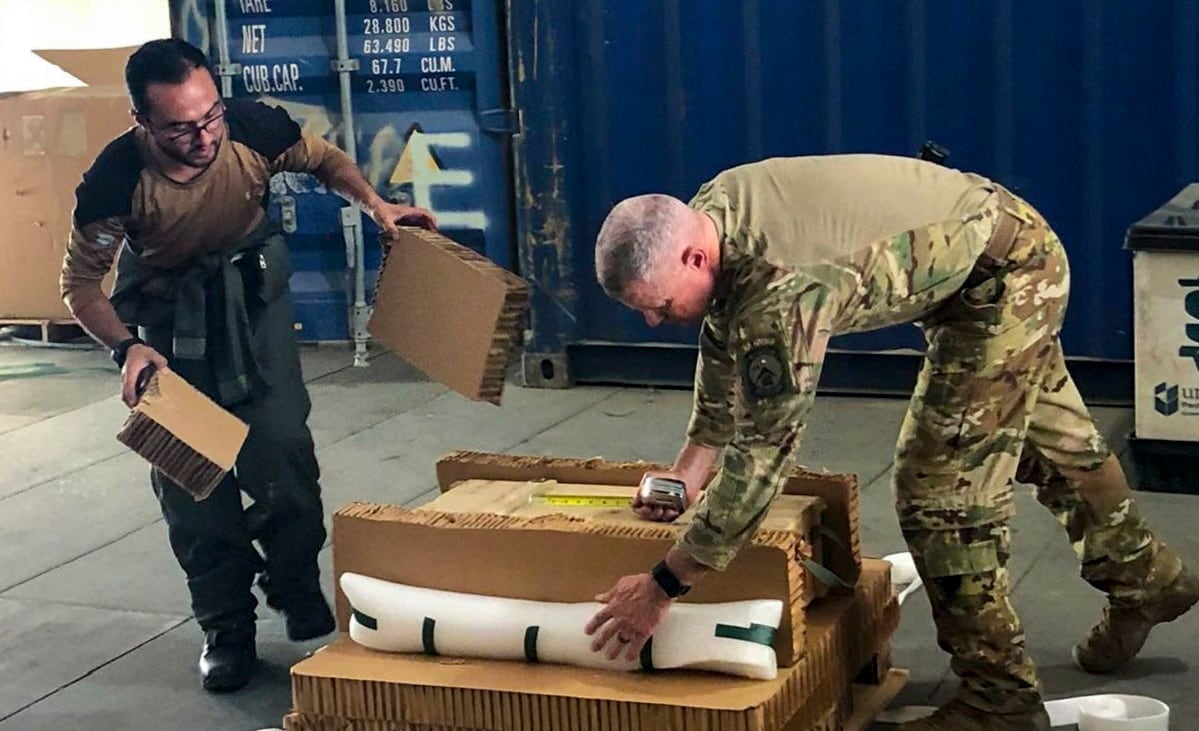
Despite the fact air-drop training was included in training curriculum, TAAC-Air advisers chose to not provide Afghan tactical air coordinators with training or advising on air-drop operations.
Additionally, the report found TAAC-Air did not have a thorough training curriculum for the Afghan air liaison officers regarding targeting for airstrikes. The absence of an in-depth training curriculum was attributed to a lack of oversight from TAAC-Air over contracted advisers.
In discussions of a drawdown, counter-terror special operations troops have been suggested as the preferred stay-behind force. But Robinson urged the presence of more conventional forces to support the Afghan troops.
“Aside from the need to convert our military pressure into political outcomes, I think the big lesson here is [counter-terrorism] only is not the only solution,” she said. “A small [counter-insurgency] approach is really the way ahead.”
RELATED
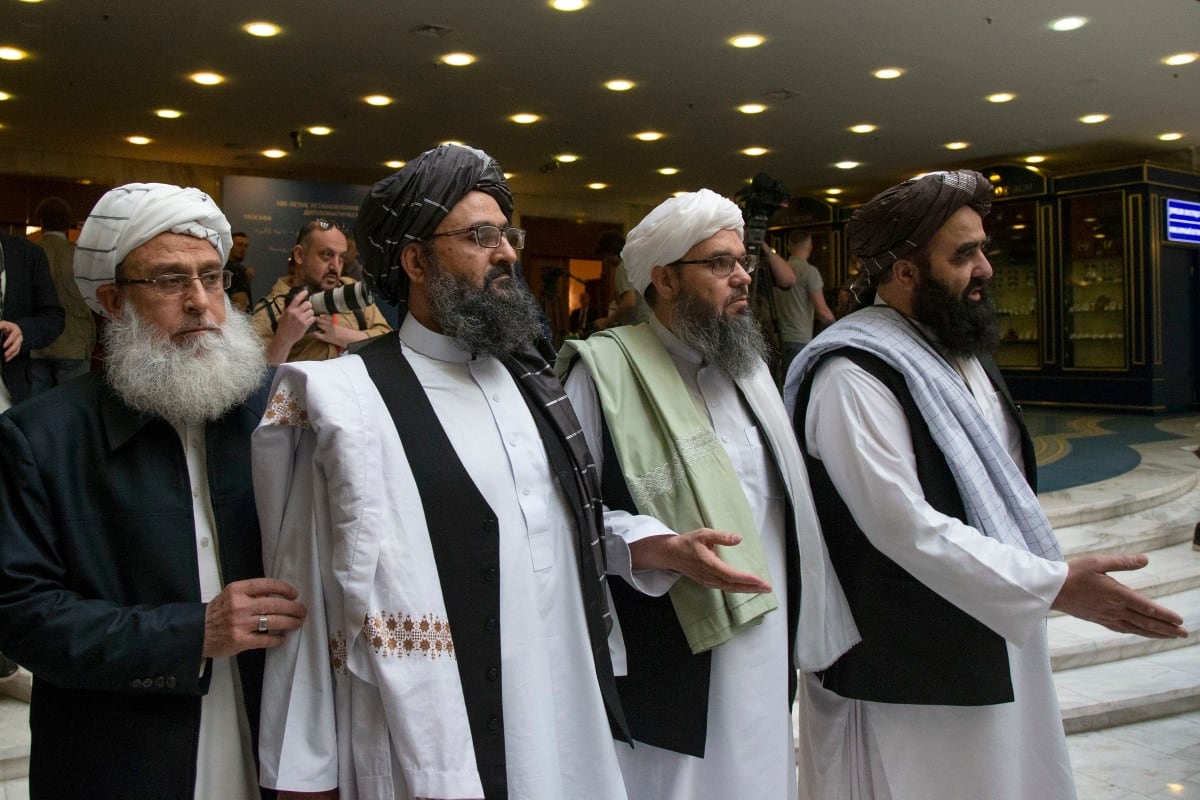
For the Taliban, the White House’s very public motivation to withdraw troops might be emboldening, a former South Asia foreign area officer told Military Times.
“I see them targeting our people more and more,” retired Maj. Jason Howk, now a military columnist and author, told Military Times. “I think that’s going to be one of their higher-level missions, is to hit our folks as much as possible, as frequently as possible.”
It would be a top priority for them, he said, to use Trump’s own rhetoric against him.
“That was his base, that’s what he was pushing for — pull every troop out of every country and bring them all home,” Howk said. “That, unfortunately, is a signal to an enemy that knows that’s what you’d like to do. They’re going to speed that up for you.”
To be sure, a rising death toll in Afghanistan presents a strong argument for getting out.
“We don’t do body counts of our enemies, but the media worldwide loves to do body counts of American soldiers, and NATO soldiers,” Howk said. “That just drives everybody away from wanting to be involved in Afghanistan. That’s what the Taliban and their supporters are hoping for.”
It gives them an upper hand in any negotiations, according to a former CENTCOM chief of staff.
“Right now, they believe that they have a strategic advantage over us, and in fact, they do,” retired Maj. Gen. Jay Hood, who now runs his own consulting firm.
RELATED
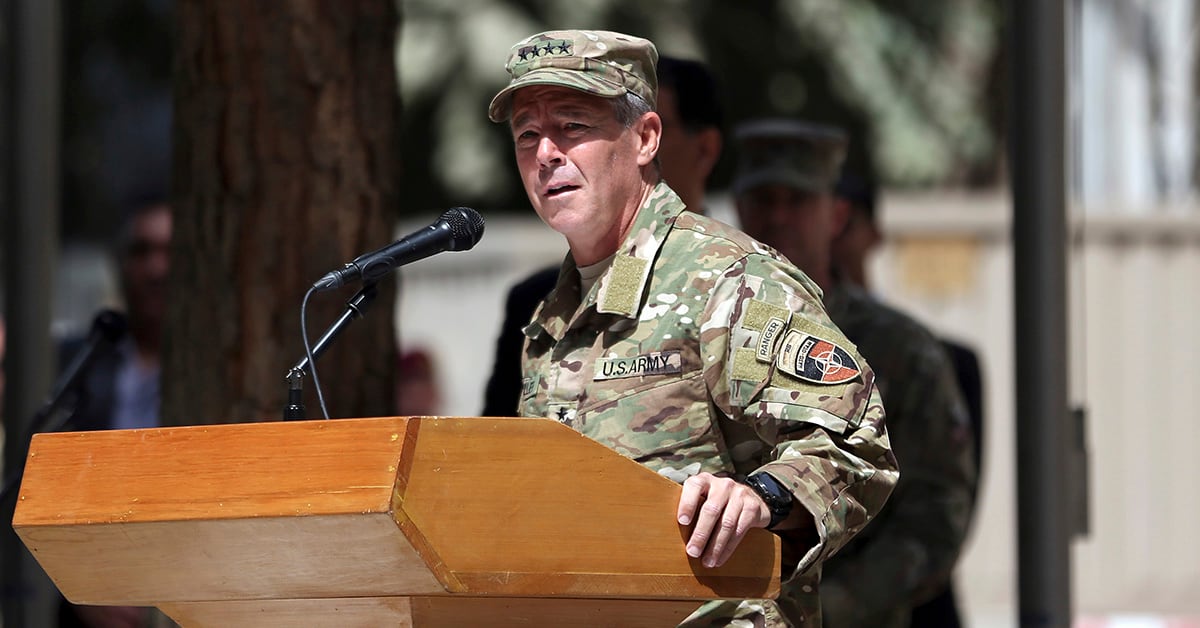
The U.S. would’ve had a chance during the Obama administration’s surge circa 2010, he said. But with one major drawdown in the recent past, and strong indications another is on the way, the Taliban can bet on waiting out the administration’s will to stay.
“Today it makes absolutely no sense for the United States to stay there and continue what they’re doing,” Hood said.
Stay or go
Whether Trump plans to go ahead with a drawdown or return to the negotiation table is an open question. While the U.S. posture in Afghanistan hasn’t changed, neither has the administration’s desire to end what many people are calling an “endless war.”
Staying in Afghanistan is a problem for the president politically, experts said, but pulling troops out of the country also presents a risk.
“This is still a diplomatic solution. We’re not going to kill our way to victory. Everybody knows that,” retired Army Col. Stu Bradin, a career Special Forces officer and current president of the Global SOF Foundation. “The problem is, nobody wants to make the compromise to get the ball moving in the right direction.”
RELATED
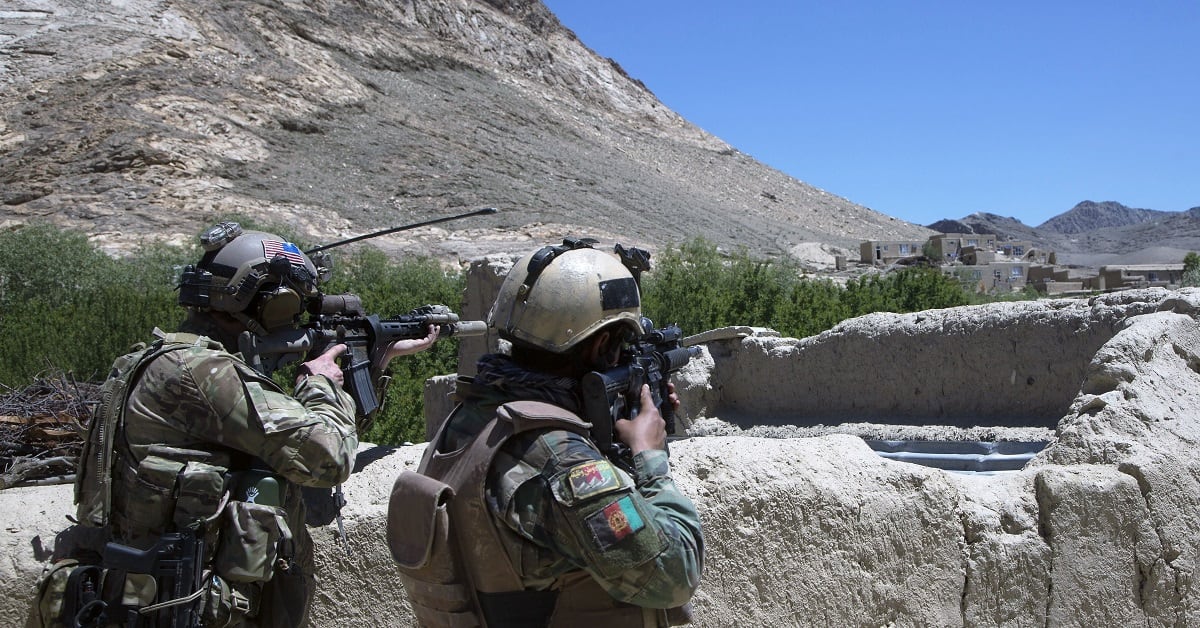
So if troops were to draw down, from which bucket do you pick, and which personnel would be considered more essential than others?
A special operations forces footprint with strike capability will be key, he said, so that there are troops on the ground keeping an eye on things and air power to get them out of trouble.
“It’s going to be hard to say, hey, we’re going to have a force there that is for strike capability — at the same time you’re trying to sustain the Afghans with the training and the stuff they need to actually run the fight,” Bradin said. “I’m sure there’s stuff they can get rid of, but I don’t know what that would be.”
There will also likely be some train-advise-assist teams spread around, but striking a balance while keeping the footprint reduced will be tricky.
“If you drop 5,000 people that are trainers, that are focused on building out the Afghan forces, to maintain the strike package — it’s like eating your seed corn,” he said. “You’re accepting short-term victory for long-term issues.”
To smooth over that transition, the State Department began sending diplomats to Qatar in February, to meet with Taliban officials and map out some sort of agreement.
The understanding had been that the groups would agree to conditions, and if the Taliban met them, the U.S. would begin withdrawing. The effort was controversial, particularly because it did not include Afghan government officials, who would bear the brunt of a Taliban empowered by an agreement with the U.S.
The break down in talks, in fact, was welcomed by Afghan central government officials.
“As an Afghan woman, as an ordinary citizen of Afghanistan, I was relieved,” Roya Rahmani, Afghanistan’s ambassador to the U.S., said Sept. 18 in Washington.
Afghans didn’t feel in charge of their destiny, she said, as the U.S. and Taliban went around them to continue to try to strike a deal. The Afghans have been fighting the Taliban, too, she explained, and dying by the thousands between their security forces and the innocent civilians who are targeted in attacks.
“For any peace process to succeed ... it must have popular buy-in,” she said, which it wouldn’t while the Afghan government didn’t get a say. “It must ensure that it will pave the way for a hopeful, prosperous future.”
Some, like a legendary former leader of SOCOM, also believed making concessions to be the wrong move.
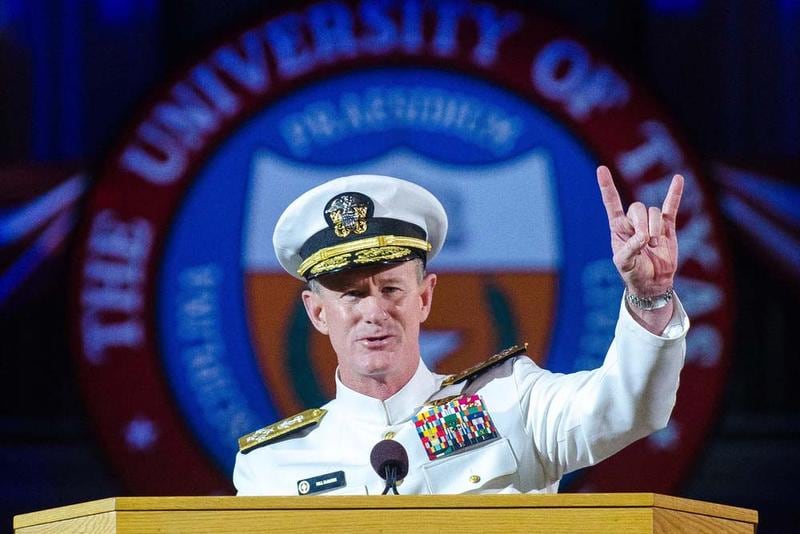
“I do believe that if we negotiate some sort of settlement with the Taliban, and that settlement involves the withdrawal of all U.S. troops from Afghanistan, that, you know, it won’t be six months or a year before all of the blood and treasure we have put into Afghanistan will have been reversed because the Taliban will come back in and do what the Taliban do,” retired Adm. McRaven said at the SOF Policy Forum.
Others share that sentiment, that a deal with the Taliban would inevitably crumble.
“I think they’re still pushing that, even knowing that the Taliban will probably renege on some of it and they’ll have to re-start the peace process,” Howk said. “Until the Taliban gives some sort of sign, some sort of effort that gives some confidence … then the Afghan people are going to look at America and go, ‘No way. We told you we couldn’t trust them. Let’s just keep killing them."
On the other hand, said Hood, a former CENTCOM two-star, the U.S. is not going to subdue the Taliban in Afghanistan, especially not while they already control about half of the country’s districts and share an ethnic heritage with the roughly 40 percent Pashtun population.
The best hope for keeping the country from turning into another terrorist training ground could be to let the Taliban handle it, he said.
“Their response to somebody who acts out against what their directives are, is going to be — frankly, in that part of the world — far more effective than what we have been or ever will be,” Hood said. “They will take a very violent approach to dealing with ISIS, to dealing with anybody else who should oppose them in specific areas.”
And if they do go back on their promises, he added, the U.S. is much more prepared to head off a foreign attack.
“I hear some senior American leaders preaching the same old story,” he said. “ ‘You know, if this goes bad, can you trust them? Who’s to say they won’t allow another org in these broad, ungoverned lands to train and attack the West?’ We have a lot more systems in place that allow for much more gathering of intelligence.”
Reporter Shawn Snow contributed to this story.
Meghann Myers is the Pentagon bureau chief at Military Times. She covers operations, policy, personnel, leadership and other issues affecting service members.




